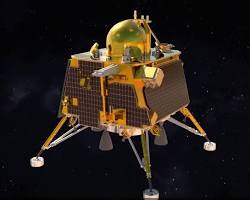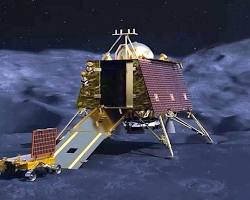

Chandrayaan-3 is a significant milestone in India's space program, demonstrating the country's growing capabilities in lunar exploration. The mission's primary objective is to achieve a soft landing on the lunar south pole, a challenging feat that has only been accomplished by three other countries: the United States, Russia, and China.
The Chandrayaan-3 spacecraft consists of a lander and a rover. The lander is designed to soft-land on the lunar surface, while the rover will be deployed from the lander to explore the surrounding area.


The lander is equipped with a number of sensors and actuators that will enable it to safely land on the lunar surface. These include:
The rover is a six-wheeled vehicle that weighs about 27 kg. The rover is equipped with a number of scientific instruments, including:
The Chandrayaan-3 mission is expected to make a significant contribution to our understanding of the lunar south pole. The mission will study the lunar surface composition, search for water ice, and investigate the lunar environment.
In addition to its scientific objectives, the Chandrayaan-3 mission is also a major technological achievement. The mission will demonstrate India's ability to design, build, and operate complex spacecraft. The successful completion of the Chandrayaan-3 mission will pave the way for future Indian missions to the Moon and beyond.
Key details of the Chandrayaan-3 mission:
Scientific objectives of the Chandrayaan-3 mission:
To know more about these missions,refer to the following links:
Back Chandrayaan 1 Chandrayaan 2 Chandrayaan 3